We are pleased to share some incredibly rare images of one of Australia’s most endangered mammals, the Northern Bettong, ahead of a major AWC project to reintroduce the species at Mt Zero-Taravale Wildlife Sanctuary, in north Queensland.
This little marsupial has been identified as one of the mammal species at greatest risk of imminent extinction, and it is estimated that fewer than 1,150 individuals remain. Learn more about these beautiful animals, and our plans to help save them, by exploring the pictures below.
Meet the Northern Bettong
The Northern Bettong is a small, grey, lightly-built macropod with a black crest on the end of its tail. It holds its front paws closely to its chest, and moves with a low, distinctive springy hop.
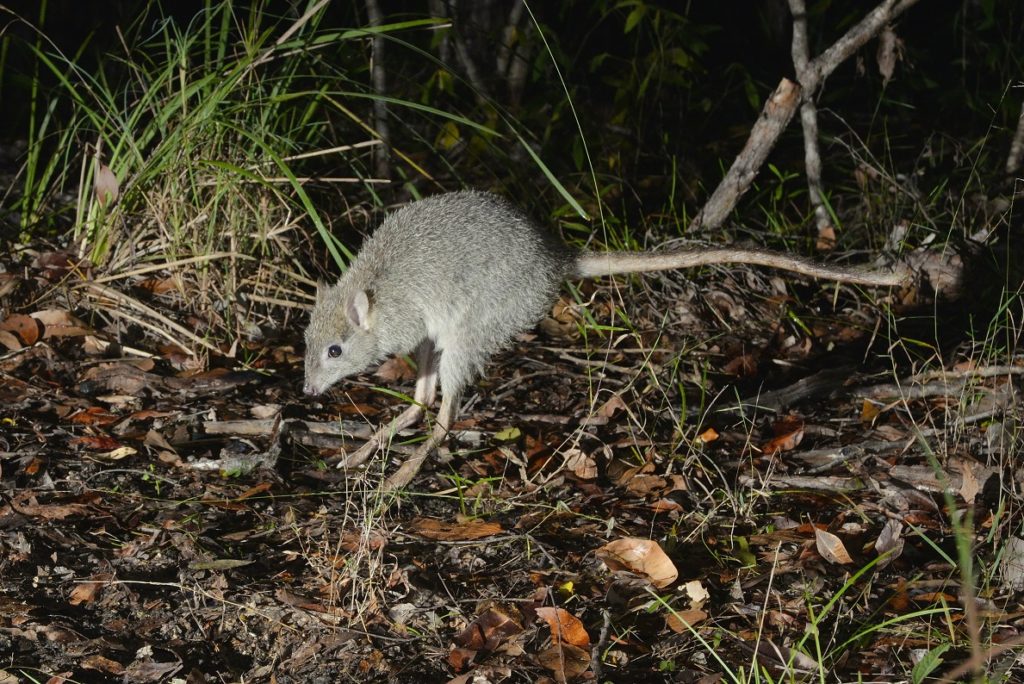 © Wayne Lawler/AWC
© Wayne Lawler/AWC
The Northern Bettong lives in a narrow band of tall, open forest which fringes Queensland’s Wet Tropics rainforests. In these forests, the bettongs forage for underground fungus (bush truffles), providing an important service as they feed by dispersing ectomycorrhizal fungi which help nourish eucalypts and other tree species.
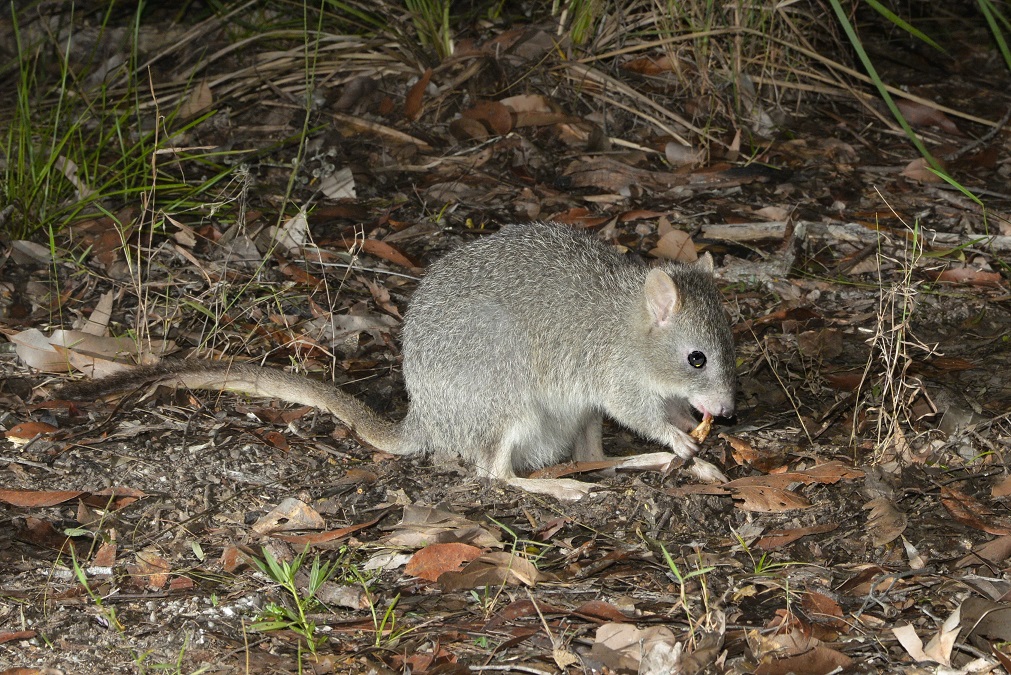 © Wayne Lawler/AWC
© Wayne Lawler/AWC
Sadly, feral cats, habitat loss and changed fire regimes have led to the bettong’s decline. Two of the four remaining populations have disappeared in the last twenty years.
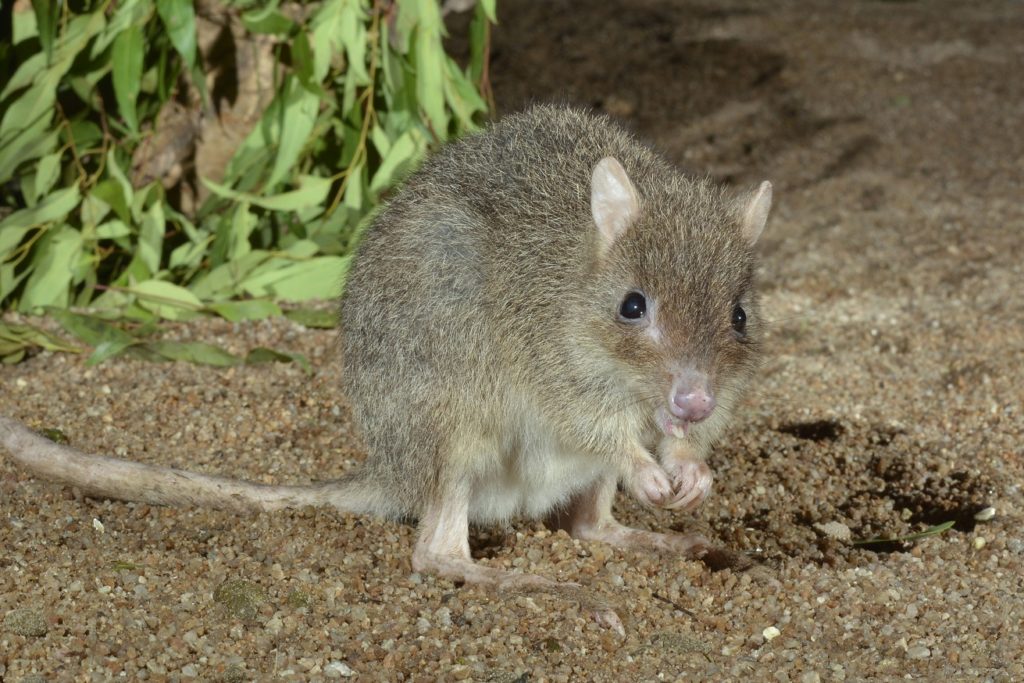 © Wayne Lawler/AWC
© Wayne Lawler/AWC
The small size of the remaining populations of Northern Bettong mean they are especially susceptible to extinction, and the isolation of remaining populations means that natural recolonisation of suitable habitat is unlikely.
Restoring the Northern Bettong at Mt Zero-Taravale
One of AWC’s objectives when we purchased Mt Zero-Taravale was to protect the Northern Bettong.
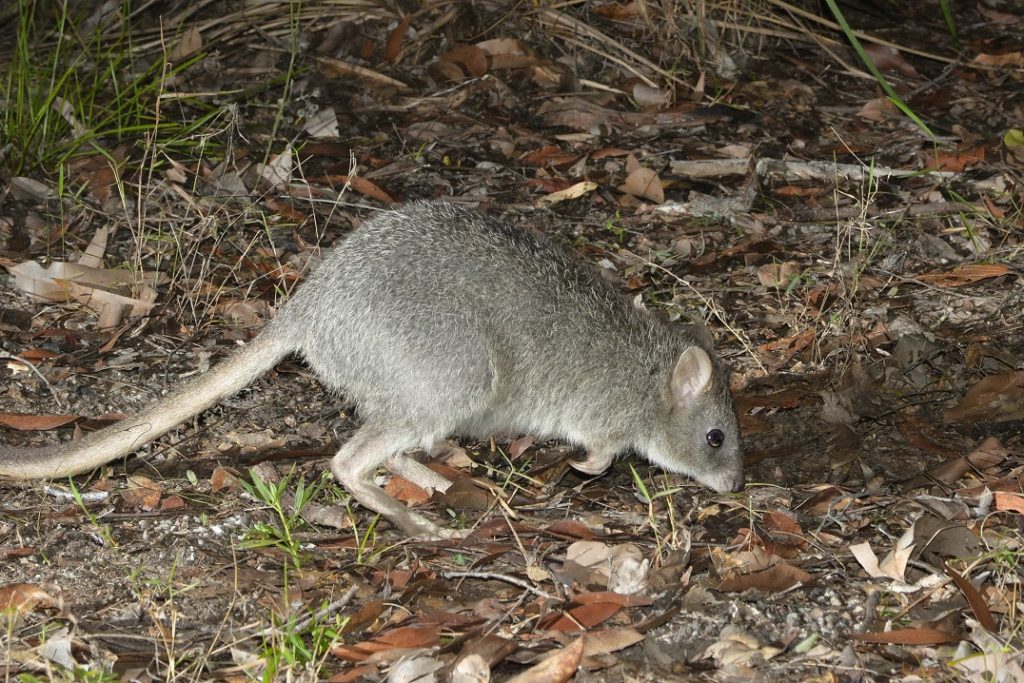 © Wayne Lawler/AWC
© Wayne Lawler/AWC
We are now collaborating with Traditional Owners, Queensland Parks and Wildlife Service, the Wet Tropics Management Authority and landholders on the Northern Bettong Recovery Team to carry out an ambitious project that will re-establish the species within its former range at Mt Zero-Taravale.
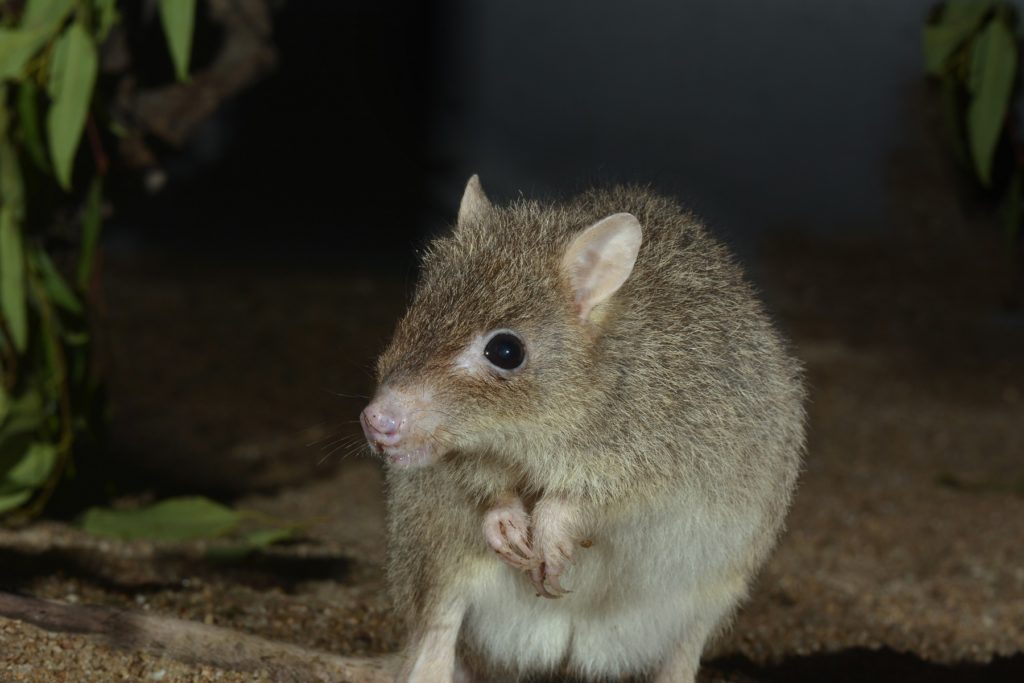 © Wayne Lawler/AWC
© Wayne Lawler/AWC
AWC’s 18 years of land management at the sanctuary has seen feral herbivores removed, weeds reduced, and targeted work to restore the structure of the wet sclerophyll forest.
This has been achieved through selectively thinning the woody understorey and reintroducing a healthy regime of regular, low-intensity fires to let the sunlight in and promote the recovery of native grasses.
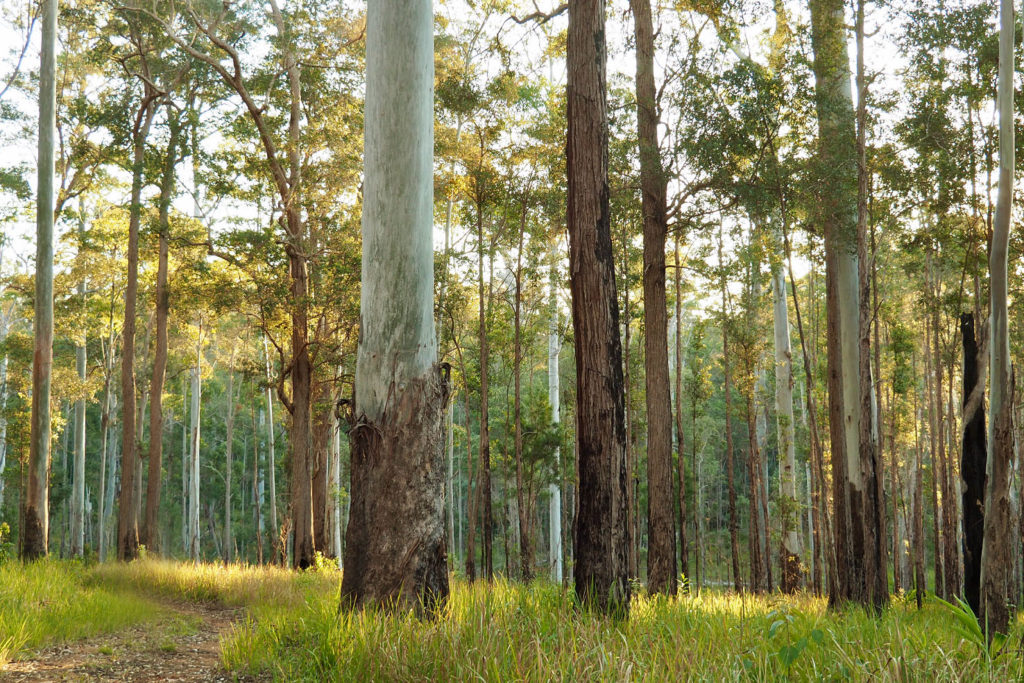 © Joey Clarke/AWC
© Joey Clarke/AWC
The next step is constructing a conservation fence to exclude predators from a 950-hectare area within the wet sclerophyll forest.
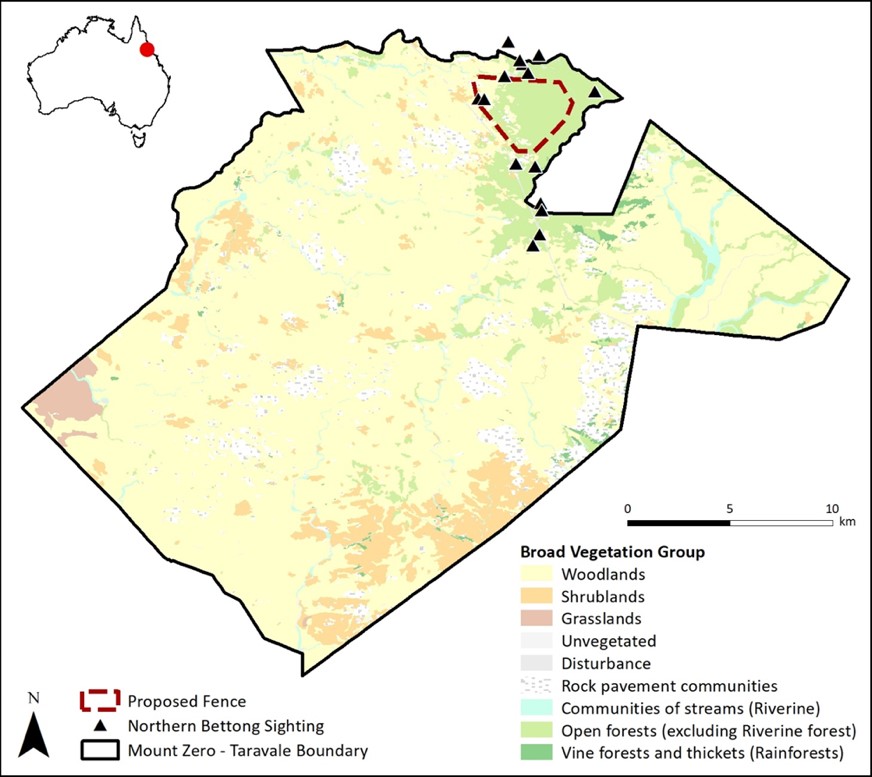 © AWC
© AWC
We hope to return the first Northern Bettongs back to Mt Zero-Taravale in 2021, and ultimately to rebuild a secure, genetically diverse population. We are grateful for the generous contribution by WIRES toward this project.
Learn more
As part of our AWC in Conversation webinar series, we spoke in detail to AWC Senior Field Ecologist Felicity L’Hotellier, at Mt Zero-Taravale, about the upcoming project. Catch up on the conversation with Felicity below:
This project will be covered in our upcoming issue of Wildlife Matters (40). Subscribe below to stay up to date on this and other projects, and to be among the first to receive a free copy of Wildlife Matters.